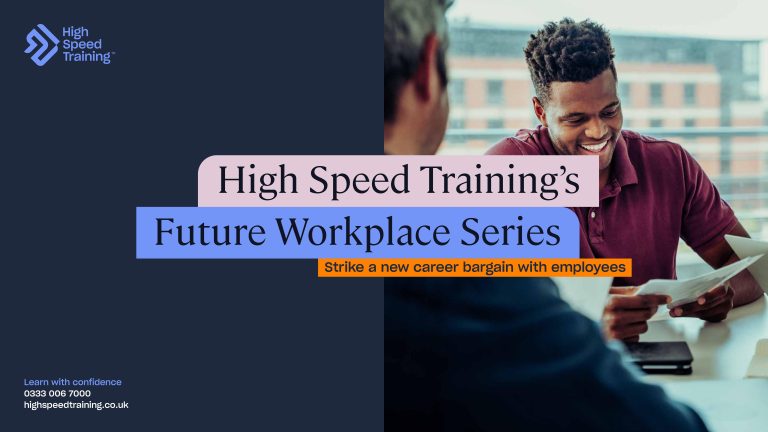Typically speaking, it is not necessary to ‘manually’ choose between heavy or light refurbishment loans. Your broker or lender will determine which of the two is more appropriate, in accordance with your requirements and the type of project you are planning.
As the two names suggest, ‘light’ refurbishment loans are suitable for projects of a smaller nature, while ‘heavy’ refurbishment loans are used to fund more advanced and expensive projects.
What Can a Light Refurbishment Loan Be Used for?
A refurbishment loan is typically considered ‘light’ when its value does not exceed 15% of the total value of the property. In addition, light refurbishments are generally classified as those that do not call for planning permission. They have a tendency to be predominantly cosmetic and/or functional in nature, rather than structural.
Typical examples of light refurbishments include the following among others:
- Alterations to plumbing and electrical systems
- The installation of a new kitchen or bathroom
- Refitting or improving an existing bathroom or kitchen
- Laying new flooring or plastering walls
- All types of decorating and visual renovations
Repayment terms on a light refurbishment loan are flexible, but most loans are repaid within 6 to 12 months. The loan is usually secured against the property itself and depending on the requirements of the borrower can be arranged promptly (often within a few working days).
When Would You Need a Heavy Refurbishment Loan?
With heavy refurbishment loans, you are usually looking at a loan with a value in excess of 15% of that of the property itself. In addition, heavy refurbishments usually (though not always) require planning permission. This is due to the fact that the work will often be structural in nature, rather than cosmetic or functional on a more basic level.
Any type of renovations, refurbishments, or property improvements that do not fall within the ‘light’ category are classified as heavy. Examples of these may include property extensions, some types of loft conversions, alterations that involve load-bearing wall adjustments/removals and so on.
As the loan issued may be significantly larger, a heavy refurbishment loan may have a longer repayment term – perhaps up to 24 months. The loan is secured against the property itself in the same way as a light refurbishment loan, which means that the maximum loan size available will be determined by the value of the property being refurbished.
Who is Eligible For a Refurbishment Loan?
In order to qualify for a refurbishment loan, lenders must be satisfied that the borrower is in a suitable position to fully repay the loan within the allocated period of time.
Some of the more common qualification requirements for refurbishment loans include:
- Credit score: Most lenders will require borrowers to have a good credit score in order to qualify for a refurbishment loan. A good credit score is generally considered to be above 700, although the specific requirements may vary depending on the lender.
- Equity in the property: Lenders will typically require borrowers to have a certain amount of equity in the property that they are planning to refurbish. This is to ensure that the lender has some collateral in the event that the borrower defaults on the loan.
- Ability to repay: Lenders will also consider the borrower’s ability to repay the loan, including their income, employment status, and other financial obligations.
- Property type: Some refurbishment loans may only be available for certain types of properties, such as residential homes or commercial buildings.
In addition to these requirements, borrowers may also need to provide other documentation, such as proof of ownership of the property, proof of income and a detailed plan for the refurbishment project.
However, it is worth noting that some lenders are willing to offer refurbishment loans (and similar secured loans) to applicants with poor credit and no formal proof of income. Bridging loans, for example, are issued almost entirely on the basis of equity in the property being refurbished and the borrower’s ability to repay.










 Bitcoin
Bitcoin  Ethereum
Ethereum  Tether
Tether  XRP
XRP  USDC
USDC  Lido Staked Ether
Lido Staked Ether  TRON
TRON  Cardano
Cardano  Avalanche
Avalanche  Toncoin
Toncoin  Solana
Solana